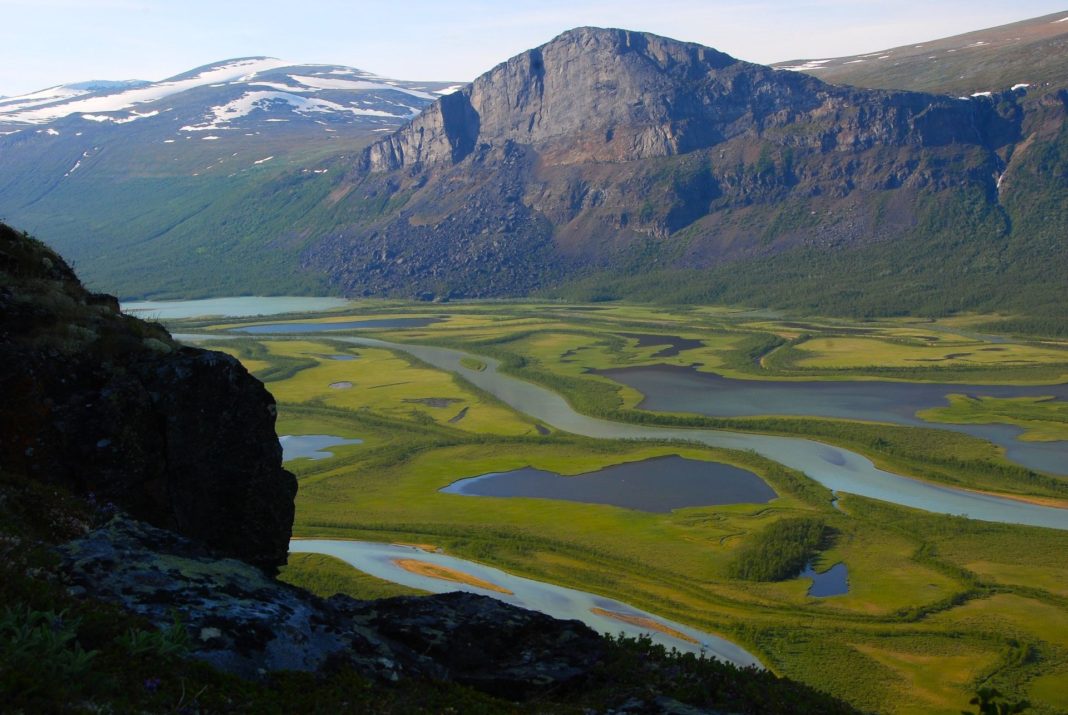The landscape of the Rapa Valley is widely considered to be one of the most enchanting in Europe. The valley is surrounded by dramatic mountain peaks, some exceeding 1,900 meters in height. These mountains are often snow-capped, adding to the valley’s majestic beauty.
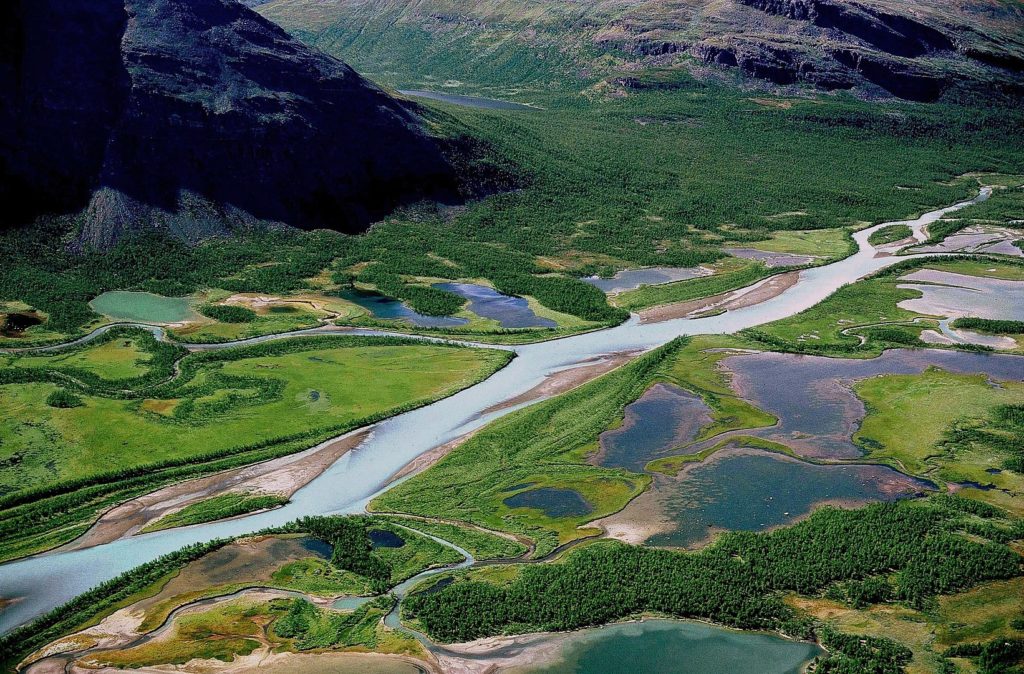
The Rapa Valley is a U-shaped valley, carved by glaciers thousands of years ago. This glacial activity left behind a wide, flat valley floor with steep sides. Within the valley, you may find small islands or peninsulas formed by the deposition of sediment carried by the river. These landforms contribute to the overall complexity of the delta landscape and provide additional habitats for wildlife.
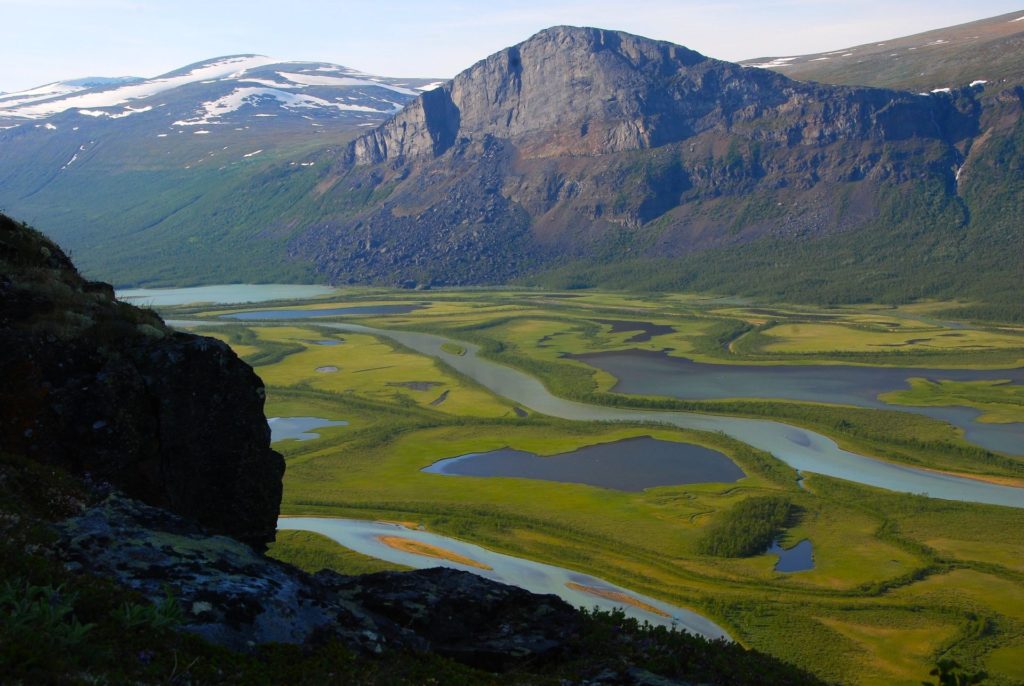
The Rapa River winds its way through the valley floor, eventually forming the Laitaure Delta, one of the most picturesque deltas in Europe. The river adds a dynamic element to the landscape, especially during spring when snowmelt causes the river to swell.
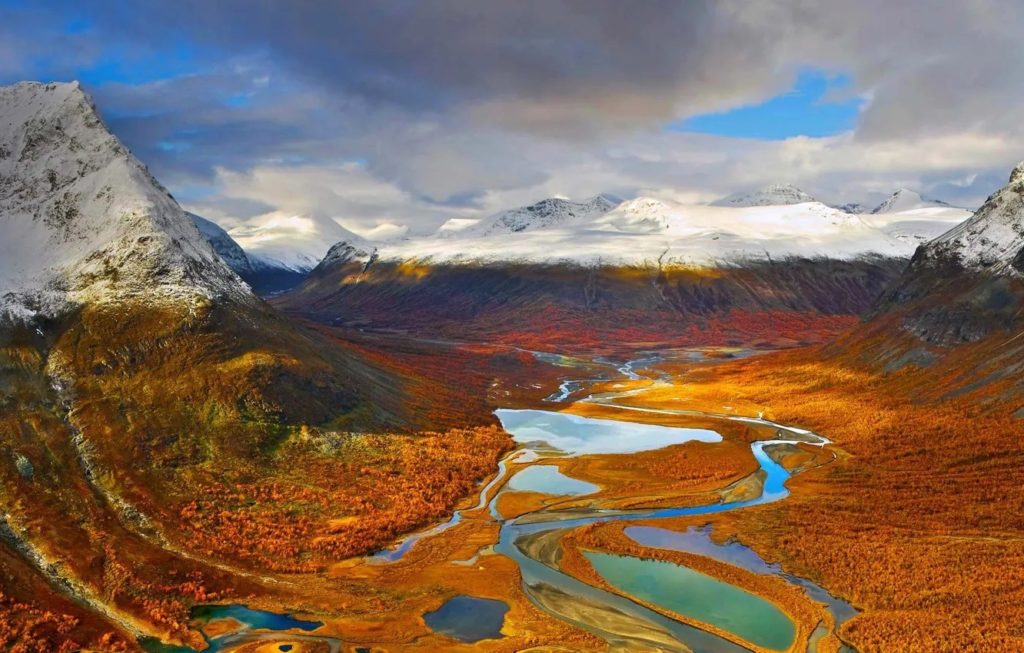
In the summer, the valley floor is covered in lush green meadows filled with wildflowers. These meadows provide a stark contrast to the rugged mountains that surround them. The Rapa Valley has a subarctic climate, with short, cool summers and long, cold winters. The climate plays a big role in shaping the landscape, with the long winters and frequent snowfall contributing to the valley’s glacial features.
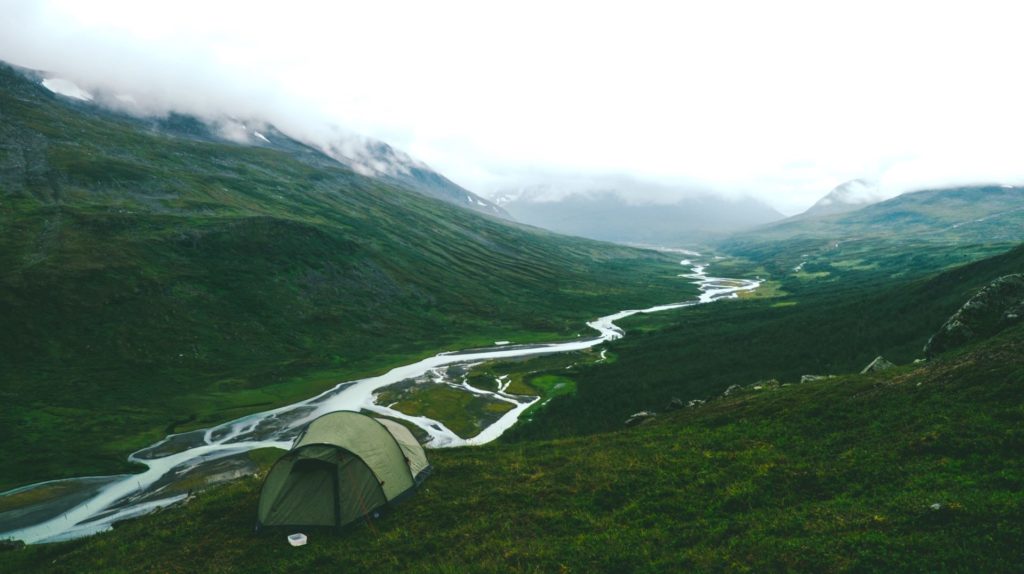
The combination of these elements creates a truly breathtaking landscape. The landscape of Rapa is dynamic and diverse, shaped by the interactions between the river, the sea, and various environmental factors. It’s an important ecosystem with unique ecological characteristics.
According to the Internet





